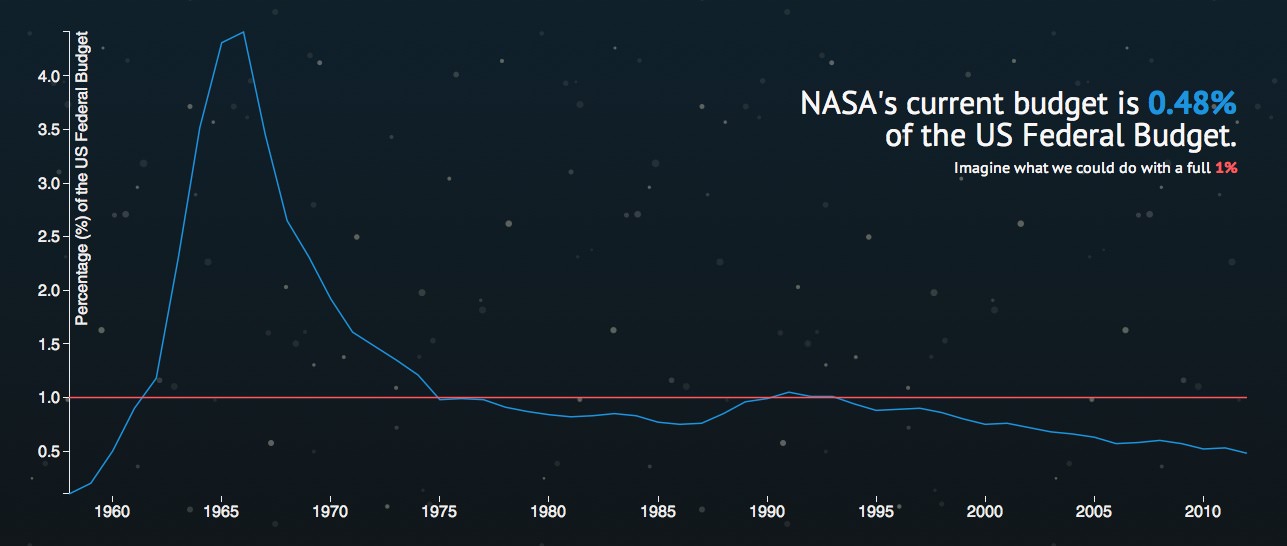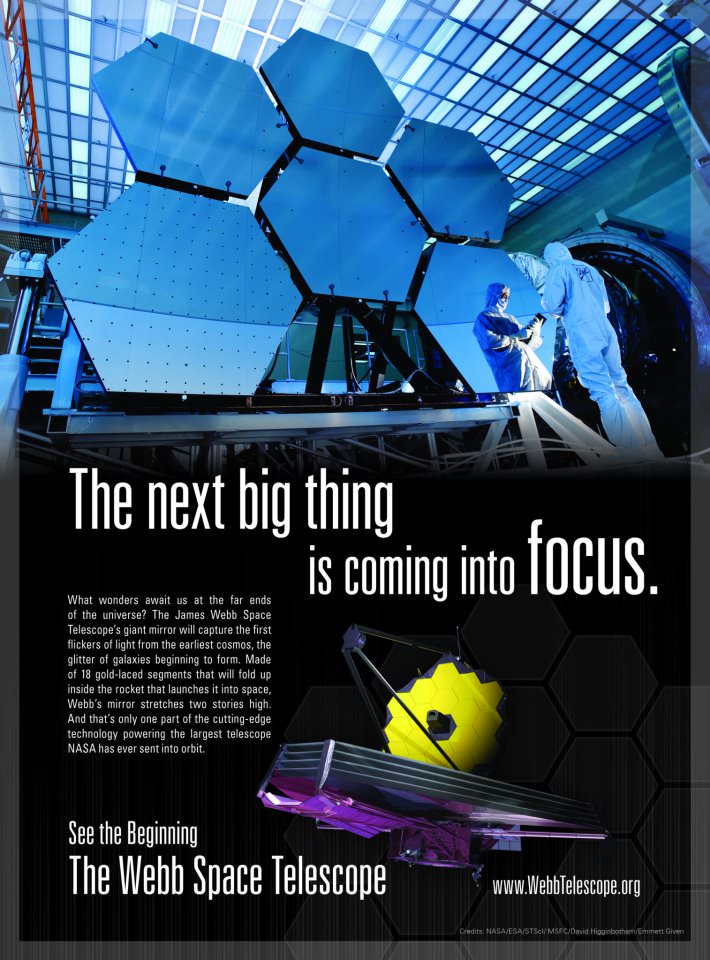If you’re reading this then you’re probably a big fan of space exploration. And while on one hand you could say that we are now living in a “golden age” of exploration, what with the ongoing missions there are around the Solar System and the new discoveries being made on an almost weekly basis about our Universe, on the other hand it seems like we are getting more and more “grounded” as human explorers, with still years to go before the first footprints are made on Mars, an ever-growing span since we last walked on the Moon, and steadily-shrinking or stagnant budgets that can’t support all the missions that DO exist — and sometimes cancel them altogether.
“We have discovered amazing places. But imagine what’s hiding where we haven’t even looked?”
In order for missions to ever get off the ground, they need to be funded. Right now NASA — still arguably the leader in space exploration among world agencies — receives a little over 0.4 percent of every U.S. tax dollar. Less than half a penny. That’s what NASA explores the Solar System with, what makes our knowledge of the Universe — from the farthest visible reaches right down to our own planet Earth — even possible. What if NASA were to receive a full one percent? A whole penny from every dollar? That’d still be only a quarter of what NASA worked with to put men on the Moon in 1969, but it’d be more than double what it gets now.
A penny for NASA… this is the goal of Penny4NASA.org, an outreach group that strives to increase the funding — if just by a little — of the world’s most accomplished, inspirational, and powerful space exploration administration. (Before… you know, it isn’t.)
The video above was created for Penny4NASA by artist and animator Brad Goodspeed, and reminds us of what NASA has achieved in its 50-year history, of what its goals are (or at least should be) and, unfortunately, why many of them have remained unattained. NASA needs support — our support — or else its candles will stay unlit and our windows and doors to the Universe will slowly but surely close.
How can you help? Well for one thing, stay excited about space and science (and get others excited too!) Interest is the key to making sure people don’t lose sight of what’s happening in the field; you might be surprised to hear the misinformation that’s been passed around. (No, NASA isn’t “dead.”) And let your policy-makers know that space exploration and the investment in technology and innovation that goes along with it is important to you — the Planetary Society has a convenient page where you can find links to write to your state representative here. And finally you can support groups like Penny4NASA, made up of enthusiastic young professionals who want to see our nation’s past successes in space exploration continued into their future.
“America is fading right now. Nobody’s dreaming about tomorrow anymore. NASA knows how to dream about tomorrow — if the funding can accommodate it, if the funding can empower it.”
– Neil deGrasse Tyson
Want more inspiration? Read this excerpt from Neil deGrasse Tyson’s Space Chronicles on TheWeek.com here.
Video credit: Brad Goodspeed/Penny4NASA.org


